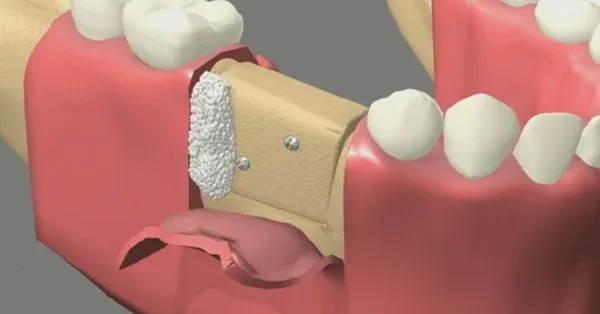A Step-by-Step Guide to Bone Grafting in Washington
When it comes to restoring a confident smile, one of the most remarkable advancements in modern dentistry is bone grafting. This procedure helps rebuild lost or weakened jawbone, creating a strong foundation for dental restorations like implants. Whether bone loss occurred due to missing teeth, gum disease, or injury, bone grafting can make all the difference in achieving both function and aesthetics.
In our previous blog, we discussed the key advantages and possible complications of the bone grafting procedure. In this blog, we will walk you through each step of the bone grafting procedure.
5-Step Guide to a Bone Grafting Procedure in Washington
If you’ve been told you need a bone graft before getting an implant, understanding the process can ease anxiety and help you prepare. Let's take a step-by-step tour of this journey.
-
Step 1: Initial Consultation and Imaging
The groundwork for the whole process is laid at this point. Your oral surgeon will review your dental history, discuss your concerns, and explain the purpose of the bone graft. Diagnostic tools like panoramic X-rays and 3D cone-beam CT scans are used to measure bone density, height, and width. Based on these results, the surgeon determines the type of graft material needed — autograft (your bone), allograft (donor bone), xenograft (animal bone), or synthetic alternatives. This appointment is also when you’ll receive an outline of the full treatment timeline, healing expectations, and aftercare instructions.
-
Step 2: Sedation and Preparation
Depending on the complexity of your case and your comfort level, anesthesia options may range from local numbing agents to oral or IV sedation, similar to what’s offered in sedation dentistry in Washington. Once sedation is administered, the surgical area is disinfected to minimize the risk of infection. The gum tissue is gently opened to expose the bone, and the site is inspected one final time to confirm the exact placement of the graft. Every step in preparation is carried out with precision to ensure the surgical field is optimal for graft integration.
-
Step 3: Placement of the Bone Graft
The contour of the graft material is adjusted to fit the jawbone deficiency. Placement is a meticulous process — the surgeon ensures that the graft is snugly fitted into the site without gaps, as proper contact is essential for successful healing. In many cases, a barrier membrane is positioned over the graft to stabilize it and prevent interference from surrounding soft tissues during bone regeneration. This stage may involve advanced techniques to enhance bone growth and improve outcomes.
-
Step 4: Securing and Closing the Site
Following the placement and covering of the graft, the gum tissue is moved over the surgical site and sutured with tiny stitches. These sutures hold everything in place, promote healing, and shield the area from bacteria and food debris. Your surgeon may use dissolvable stitches or ask you to return for removal after a week or two. You’ll also receive detailed post-operative care instructions, including how to clean your mouth, what foods to avoid, and which activities to limit.
-
Step 5: Healing and Bone Integration
The healing phase is the most crucial part of the process. Over the next 4–9 months, your body gradually replaces the graft material with natural bone through a process called osseointegration. Regular follow-up appointments allow your surgeon to track healing progress and ensure there are no signs of infection or graft rejection. During this period, it’s essential to maintain a nutrient-rich, soft-food diet to avoid pressure on the graft. Once integration is complete, the area will have the strength and stability needed to support restorations like dental implants in Washington, marking the final step toward your restored smile.
Conclusion:
Bone grafting in Washington may sound complex, but it’s a well-established procedure with high success rates. By following this five-step process, your oral surgeon ensures that your jawbone is strong enough to support long-lasting restorations. For many patients, this procedure is the first and most important step toward regaining a fully functional, beautiful smile.
Whether you’ve experienced bone loss due to missing teeth or injury, modern dental techniques can restore what’s been lost — and help you smile with confidence again. Call now at (202) 610 0600!






4.9 Stars
based on 134 reviews
5 Stars
based on 11 reviews
5 Stars
based on 11 ratings